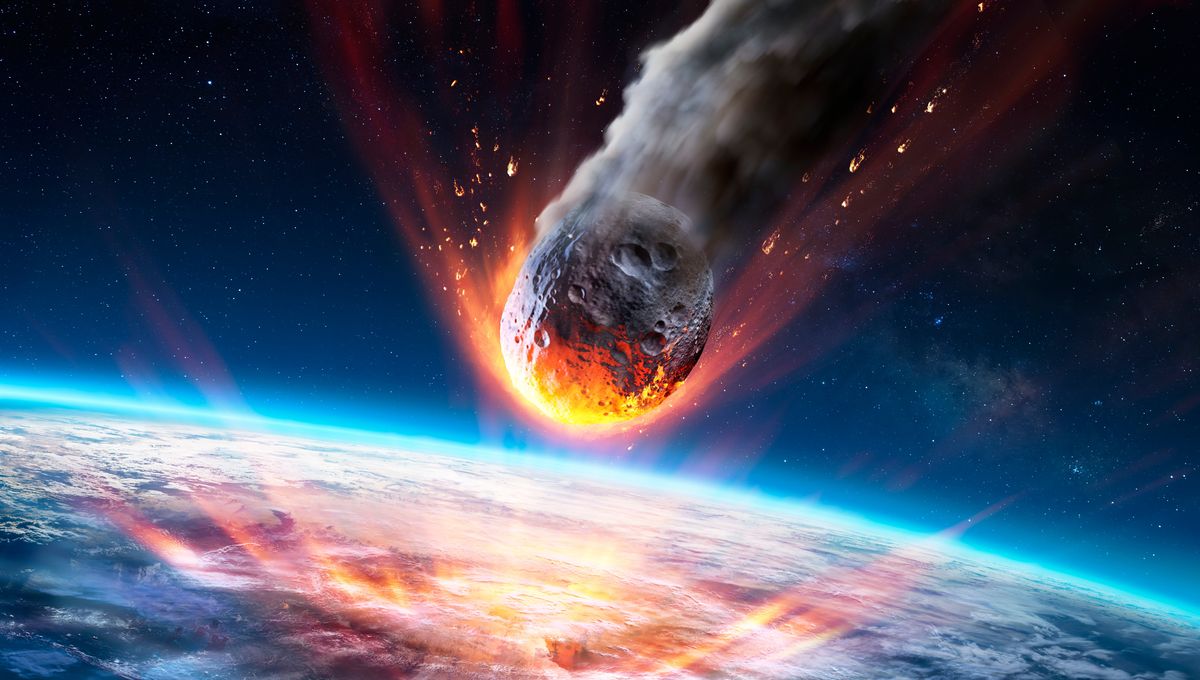
Earth would not have been a nice place for humans 3.26 billion years ago. There was not much oxygen for a start. There was water and life, though. Unfortunately, an enormous asteroid was about to hit our planet. Boom – but despite what you may think, this impact could have led certain organisms to thrive.
Researchers have found evidence of the collision between Earth and an asteroid nicknamed S2 the size of four Mount Everests – that’s 200 times larger than the asteroid that hit our planet at the end of the Cretaceous, putting an end to dinosaurs and most of life on Earth. Geological evidence found in the Barberton Greenstone belt of South Africa has now revealed the size of this and other impacts and how it might have affected the primordial life forms that inhabited the planet at the time.
“Picture yourself standing off the coast of Cape Cod, in a shelf of shallow water. It’s a low-energy environment, without strong currents. Then all of a sudden, you have a giant tsunami sweeping by and ripping up the sea floor,” Nadja Drabon, an early-Earth geologist and assistant professor in the Department of Earth and Planetary Sciences at Harvard, said in a statement.
The impact did not just trigger this enormous tsunami: It heated the atmosphere, boiled off the top layer of the ocean, and blanketed the land in a cloud of dust. The impact mixed up the oceans too, and once the tsunami receded inland, material was brought back to coastal areas.
The devastation was immense, but at the time the life present on our planet was simple. The painstaking observations of rock samples from South Africa revealed that microorganisms were able to quickly respond and get over the dramatic disaster.
The impact released and stirred up iron from the deep ocean, something that the tsunami brought to coastal areas. The cataclysmic meteorite also brought phosphorus, and the increase in erosion following the impact also released phosphorus, an element very important in the metabolisms of living organisms. So, following the impact, iron-metabolizing bacteria would thus have thrived, even though it was just for a short time.
“We think of impact events as being disastrous for life,” Drabon said. “But what this study is highlighting is that these impacts would have had benefits to life, especially early on, and these impacts might have actually allowed life to flourish..”
The team has found evidence for at least eight impacts – including S2 – at the Barberton Greenstone Belt in South Africa. Drabon and her colleagues plan to study the area further to better understand how these impacts shaped our planet.
The study is published in the Proceedings of the National Academy of Sciences.
Source Link: Asteroid Twice Manhattan's Length Hitting Earth 3.26 Billion Years Ago Triggered Tsunamis And Helped Life